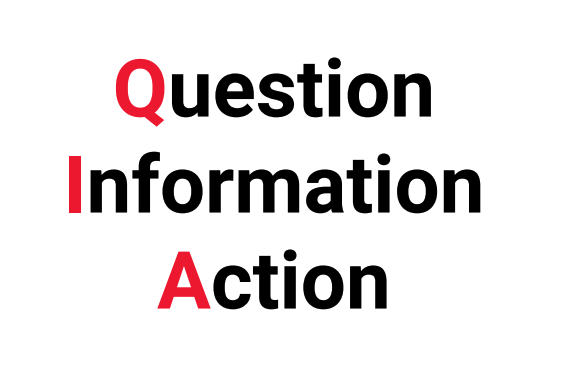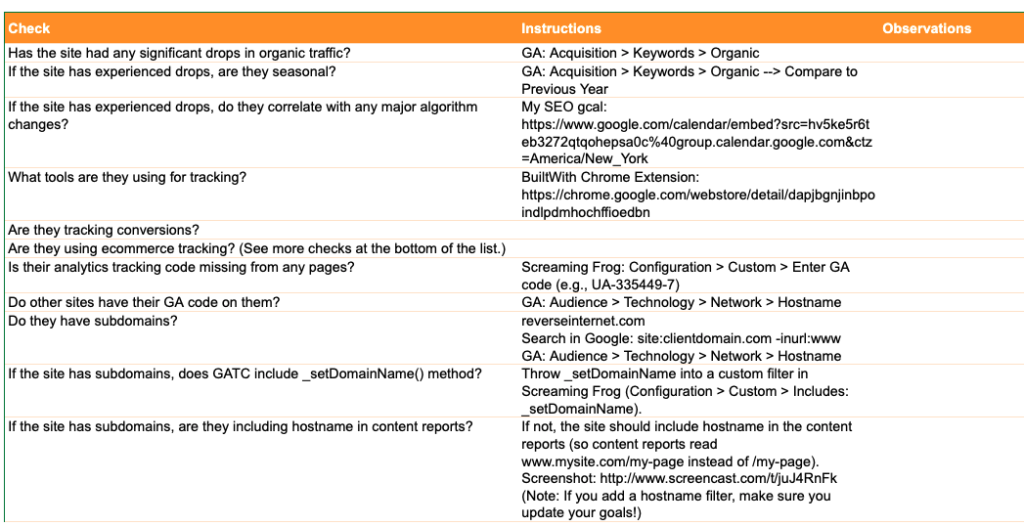This is the eleventh in a series of articles on growth hacking, inspired by my journey to a minidegree in Growth Marketing from the CXL Institute. Read more: What is growth hacking? | How to run a successful growth marketing experiment in six steps | This one mindset will make you a better marketer | The successful formula for A/B testing mastery| This one overlooked tool will supercharge your content marketing
***
When it comes to content marketing, the pull to move onto the next content project is the greatest right after hitting “Publish.” This makes sense: You’ve just spent all of this time building out the content product and quite possibly the last thing you want to do is spend more time with it.
You know where this is going…
You must resist! The instinct to move on quickly is a factor of your human nature! We like novel things — and at this point, your content marketing project is most certainly not new. So you have to work doubly hard to see your content masterpiece through so it can live up to its fullest potential.
How do you do that? Analytics, of course!
A framework for analyzing content marketing performance
This framework actually applies to any type of marketing performance, as it hinges on getting to the root of specific questions and then finding the right data that allow you to act in a way that boosts your business.
However, this framework has a huge difference in normal analysis: you use it at the start of a new project to find the right story in your data. So you’ll use it to analyze the performance of your content marketing by diving into your analytics with a specific question and action in mind. Then, you’ll dig for data in your analytics that helps answer the question.
This is called the QIA Framework and here’s how it works.

Question. Start your analysis with a question in mind. Make it targeted and useful. In our content marketing example, let’s say that we just published a sales enablement white paper targeted to marketers at midsized tech companies.
The question could be: “We want to increase our spend on Linkedin Ads to promote this whitepaper to our target demo. Should we?” Or it could be “Should we create a mobile-optimized landing page to promote the whitepaper?” Or, if done in advance of your content marketing project
Information. Armed with a question, then you jump into your analytics. This allows you to stay focused and not distracted. You should pursue only the data and information that helps answer your question.
In our case, we are going to analyze our current performance with paid Linkedin Ads, as well as other paid media. We’ll also look at our organic traffic from Linkedin and benchmark it with other channels. We may also look at our mobile device usage to determine viability of a landing page.
Action. The last piece is to have a specified action that you will take with this analysis. All too often, great content marketing projects are produced and distributed, with fancy parts shared up the chain. And that’s it. There’s no action attached. Pat on the back, move onto the next project.
Unfortunately, that leaves so many insights on the table, insights that could be used to improve the next project or to further leverage existing resources for stronger ROI. In our example, the action could be “If Linkedin drives at least 10% of our traffic to past whitepapers, we’ll invest in ads.” Or If 10% of our traffic is mobile, then we’ll invest in a landing page.”
With QIA, you set your action threshold in advance so that you know what you do with the data and have clear yes/no momentum coming out of the analysis.
Why action helps analysis
Of course, finding a story in your day that doesn’t only happen after a project. You can (AND SHOULD) also use the QIA Framework to dive into your analytics when considering a content marketing or conversion optimization project.
Most important thing is to have that pre-determined action that tells you what you’ll do with the answer to the question. You need to know what you plan to do with the data prior to analysis so that you don’t get subsumed by analysis process. It’s so easy to stare down a wall of Google analytics data and have no clue where to start.
By starting with a question, and knowing what you’ll do with the answer to that question, you have a very specific task and a clear outcome. This focuses your analysis and ensures that the time you spend will deliver insightful results that optimize your business.
If you take nothing else away it’s this: knowing the action makes analysis easier! It keeps you sane and saves you hours of endlessly poking around your analytics, with nothing to show for it. QIA works!




